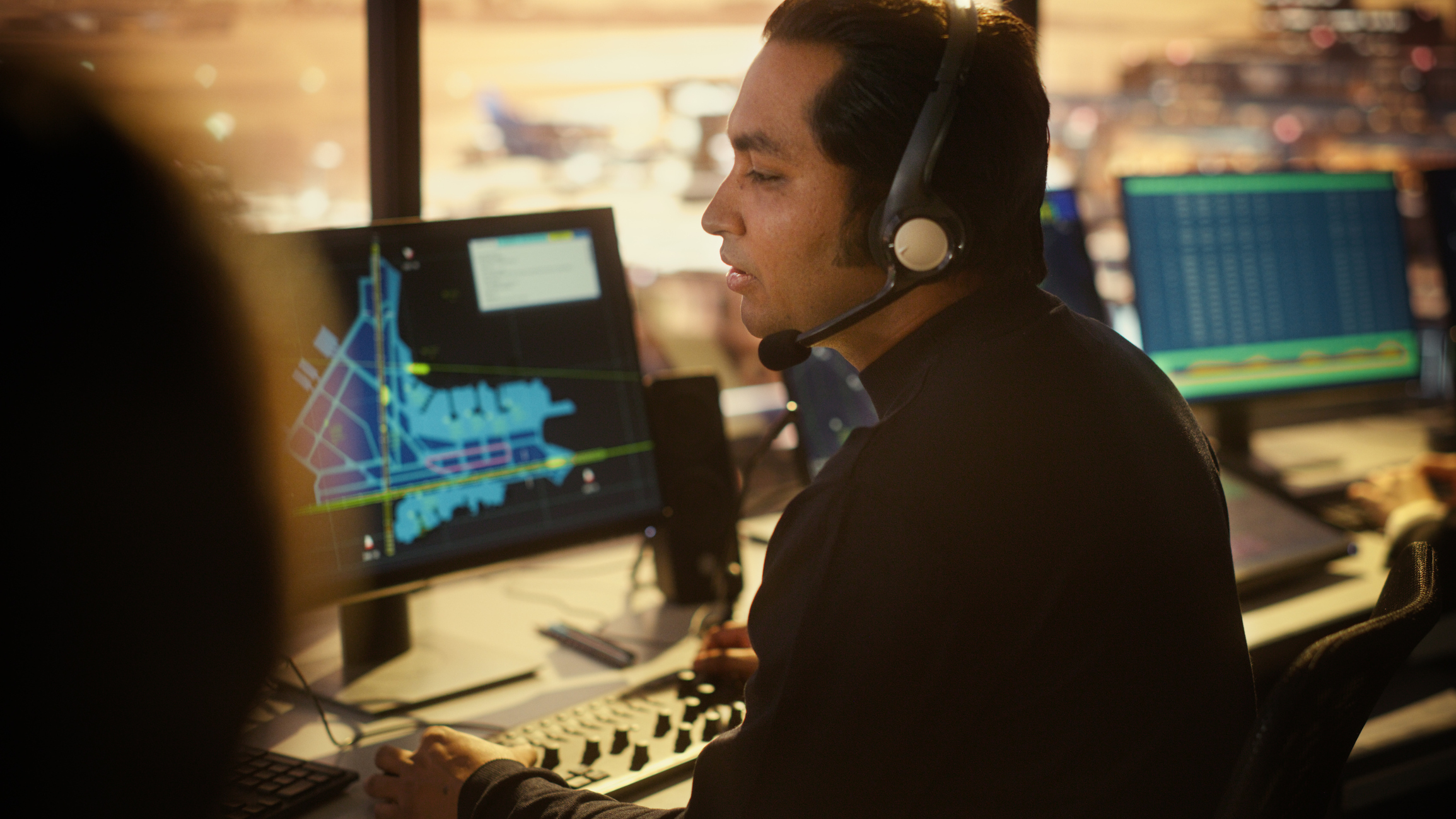Monitoring: high time for a nuanced perspective
“Human Performance is crucial in providing resilience in complex and unforeseen situations. Fundamental changes in future air traffic management seem to push the human to a monitoring role. But is this the way to go?”
Current air traffic control (ATC) relies heavily on tactical intervention and decision making by the human operator. Air traffic controller (ATCO) expertise is characterised by building situational awareness with relatively raw data, and using classic control techniques to ensure separation, provide navigation guidance, merge, and sequence traffic flows. Moreover, ATCOs provide operational resilience and flexibility in different operating modes, disturbances, and unforeseen situations inherent in ATM.

At the same time, changes towards the future ATM system are foreseen. The future operational concept is shifting towards trajectory-based operations, with an increase in technology, automation, digitalisation and performance-based navigation. Delays and disturbances are mitigated pre-tactically and traffic flows become strategically deconflicted through airspace and route optimisation. This will change the role of the ATCO to one that manages traffic flows and delivers traffic more strictly according to plan. ATCOs are expected to work with increasing levels of automation and decision support tools based on intelligent algorithms.
What does this mean for the role of the ATCO? An often-heard expression is that the future ATCO will be monitoring. This understanding of the human as monitoring agent stems from a comparison with the current tactical traffic handling method. Compared to today, tactical intervention by the ATCO will be required less in the future system due to increasing reliance on system intelligence.
However, this should not be conflated with the idea of a person whose sole preoccupation is observing traffic and who is, at any time, able to act on the same or even higher level of performance as at present, with increasing requirements on efficiency and environmental impact.
Besides this being problematic from the perspective of human factors and job satisfaction, it poses fundamental issues in the role of human performance to provide resilience and flexibility.
Introduction of new technology and new operational concepts can certainly reduce workload and complexity in current tactical traffic handling. At the same time, the ATCO providing flexibility and resilience in operational traffic handling remains crucial in complex and unexpected situations, also in the future. On the other hand, new forms of complexity will emerge that need to be managed by the ATCO. Additionally, increasing strictness in delivering traffic according to plan and increasingly intelligent algorithms and system-driven decision-making changes the way and degree in which the human can provide the resilience and flexibility which is so vital.
It is high time for a nuanced perspective. The term monitoring must become disconnected from the future role of ATCOs as it gives an incorrect impression. This is important, because the current conceptual understanding of the ATCO’s role in the future drives the transition towards it. Thus, let us speak of supervisory control. This way we can pro-actively address human performance challenges, find the balance in active engagement and provide sustainable solutions to ensure crucial human performance in the ATM system on our way towards new operational concepts.



